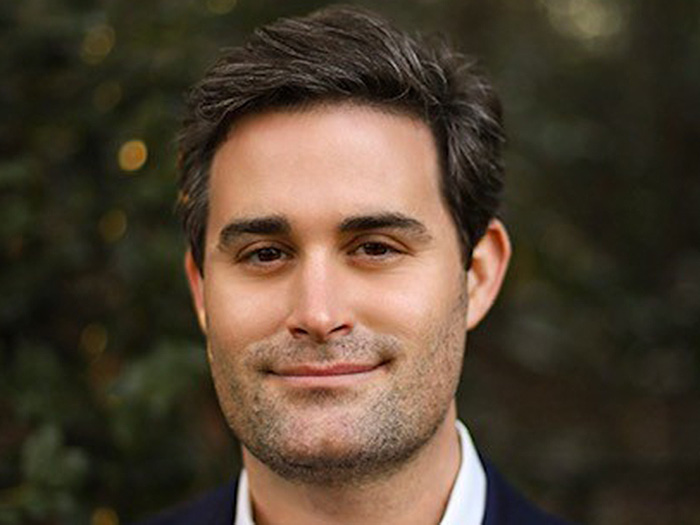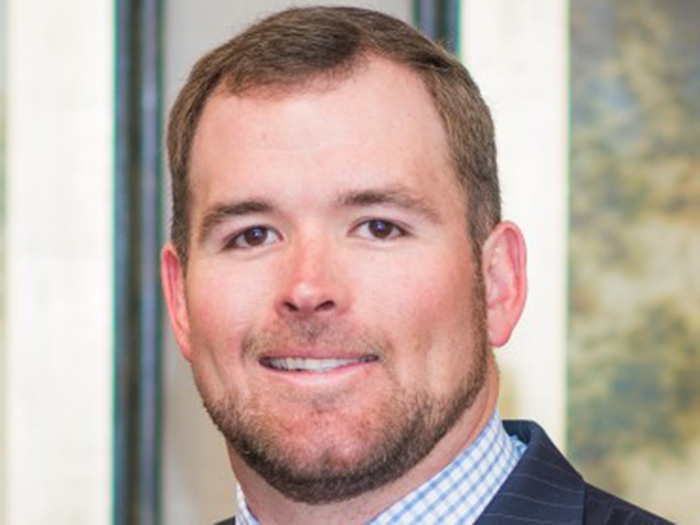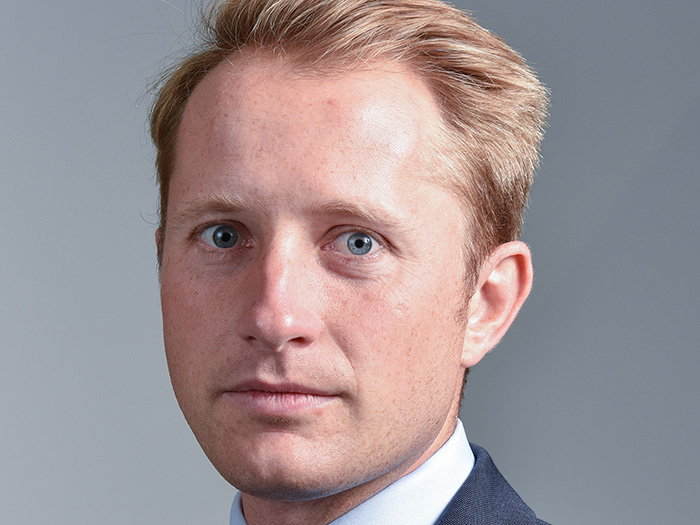Excess/Surplus
You Can Go Home Again

It’s hardly a hard-market environment, and yet, U.S. excess and surplus lines carriers are expecting to compound last year’s healthy premium growth with continued expansion in 2014.
With the exception of cyber insurance — which is still competitively priced — commercial insurance rates have been firming across a number of property/casualty segments, E&S specialists said, and many tough classes are returning to the space.
Placements gracing E&S carriers’ books of business of late include construction and long-haul trucking liability programs, property-catastrophe coverage in areas impacted by Superstorm Sandy and the tornadoes in Oklahoma last May, as well cyber liability insurance, where penetration rates are rising following the massive Target breach.
“My take on this personally is that companies now have to rely on the underwriting, given they can’t make it on the investment income.”
— Richard Bouhan, consultant to the National Association of Professional Surplus Line Offices
Part of the impetus, E&S experts said, may be a prolonged low-interest-rate environment, which has injected more discipline into traditional insurance pricing trends.
“My take on this personally is that companies now have to rely on the underwriting, given they can’t make it on the investment income,” said Richard Bouhan, consultant to the National Association of Professional Surplus Line Offices (NAPLSO), in Kansas City, Mo.
“That’s true of the surplus lines writers as well as the standard companies,” he said, but it means that more high-risk business is gradually migrating from traditional markets into the surplus lines space, said Bouhan, who spent close to 24 years as NAPLSO’s executive director, from 1987 through 2011.
Tom McLaughlin, casualty division leader with Lexington Insurance in Boston, agreed that increased underwriting discipline has sent risks returning to E&S markets of late, leading to “low to high single-digit rate increases” across much of Lexington ’s casualty book over the past year or so.
Also driving the trend, he said, is the fact that the economy has been moving in a much more positive direction over this period of time, leading to gains across Lexington’s broad spectrum of casualty risks, including transportation and construction.
Widespread Growth
A January 2014 report from The Surplus Lines Stamping Office of Texas said that the E&S business made some very solid gains last year, in fact. The report pointed to double-digit growth for E&S carriers in several states through the end of 2013. It found that 14 states with stamping offices saw growth in surplus lines premium during 2013, compared to 2012.
Total surplus lines premium reported to the stamping offices was nearly $22.5 billion, representing more than 3.1 million transactions and demonstrating premium growth of 15.5 percent last year.
The report stated that New York’s 2012 premium number was impacted by premiums the state processed for other prior policy years, which skewed the 2012 to 2013 comparison, but even with New York excluded, 13 states saw a 12.2 percent increase in 2013 premium, compared to 2012.
The data included E&S premium volume for California, Florida and Texas — each of which produced more than $4 billion in surplus lines premium volume in 2013 — as well as smaller premium-generating territories like Illinois, Arizona, Idaho, Nevada, Minnesota, Oregon, Pennsylvania, Utah and Washington.
Historical Comparisons
This is small when compared to premium increases in the U.S. surplus lines industry a decade ago. A.M. Best reported an 81.7 percent increase in domestic U.S. surplus lines carriers’ direct written premiums between 2001 and 2002, for instance, followed by a 31.1 percent increase between 2002 and 2003.
Still, the 2013 figures pointed to some positive trends for specialty carriers.
“We’ve been riding some rate lift for the past 24 to 26 months,” said NAPSLO President Kevin Westrope, president of RT Specialty Kansas City, managing director for RT Specialty, and managing director of parent company, RSG, of Chicago.
For instance, RT’s third-party casualty business including auto liability and workers’ compensation has grown roughly 20 percent per year for each of the past three years, some of it under the banner of Kansas City wholesaler Westrope, which merged with RT Specialty in December 2013.
“We’re writing in the $40 million range on our auto business [on an annual basis], including liability and physical damage,” Westrope said, noting that “long haul trucking is always a difficult risk from a liability standpoint.”
Westrope has also seen growth in the multi-family apartment building space, where it writes property and liability coverage for building owners who have seen an “explosion” of new interest in apartment living following the mortgage crisis of 2008. Westrope is also writing a good deal of builders’ risk programs since the construction industry has rebounded over the last couple of years.
David Grafstein, a casualty specialist with wholesaler Partners Specialty Group in Stamford, Conn., agreed.
“As respects E&S opportunities, again I think it will be similar to 2013 with the market being hard for New York construction, firming for pockets of habitational real estate [including] apartments in urban areas and higher-hazard manufacturing risks.”
Grafstein also expects to see a fair amount of private equity-driven merger and acquisition activity as well as consolidation, particularly in the health care industry.
This tends to create E&S opportunities due to the specialty coverages often sought by acquiring firms — including potential long-tail malpractice exposures and discontinued products coverage.
Other risks that have moved to the E&S space over the past 12 to 18 months include:
• Property-Catastrophe Exposures.
“After Sandy, we saw a lot of business moving to the surplus lines market,” said Westrope.
But the trend may be short lived.
During a webinar in late January, Dean Klisura, Marsh’s U.S. risk practices and specialties leader, said that Jan. 1, 2014 reinsurance treaty renewals saw average rates “fall significantly across nearly all regions and business segments” due to low loss experience and the influx of billions of dollars in new capital.
Westrope agreed that “catastrophe-driven property coverage is becoming more competitive again, with primary and reinsurance rates coming down due to the overabundance of capital in that area.”
“I think we’ll see property rates softening” in standard markets throughout 2014, he said, “sans major events like the ground shaking on the West Coast.”
• Cyber Liability Insurance.
Cyber insurance pricing remains competitive as new players continue to enter the marketplace.
Markel’s minimum premium is $1,500 for $1 million in insurance limits for its data breach claims-made policy, for instance.
Still, cyber remains the most promising growth line that exists today, according to Markel’s Jake Kouns, Richmond, Va.-based director of cyber security and technology risks underwriting.
More than any other form of insurance, “cyber seems to be filling the need for an up-and-coming growth product,” said Kouns, noting that Markel was up 65 percent in premium for the line in 2013, compounding 75 percent growth in gross written premiums for cyber a year earlier.
Several dozen non-admitted markets continue to dominate this space today, Kouns told Risk & Insurance®.
E&S markets providing standalone coverage include Markel, RSUI Group, Allied World Assurance Co. (AWAC), AIG and its surplus lines company Lexington Insurance, as well as Lloyd’s syndicates including Hiscox, Beazley and CFC Underwriting.
Many carriers’ “bread and butter” business is on the decline right now, as many areas that were once profitable are now more commoditized, Kouns said.
Coverage Questions Remain
With cyber insurance, however, “everywhere you look there’s some new issue. That’s an emerging risk,” said Kouns.
For example, what exactly is covered by a data breach program? This is one area still fraught with uncertainty, he said. “Breach mitigation breaks down further than most people think,” he said, noting that notification and credit monitoring is only the tip of the iceberg.
Buyers are also in need of forensics, he said. Not all cyber policies will cover the costs of “bringing in the experts to see what really happened,” after a breach has occurred. Markel is among those providing full limits for data-breach forensics, said Kouns, while other carriers may impose a policy sublimit for that.
Besides that, “in terms of [cyber] market penetration, there’s still a long way to go,” he said.
Also, the Target debacle continues to draw attention and awe.
If Target ultimately “blows through $100 million in insurance and we have a limit loss” with several insurers who participated on that tower impacted, “there’s going to be a reaction,” said Kouns.
“Some underwriters could decide that prices need to increase, [that writing] a class of business such as retailers is now prohibited, or even that now’s time to exit the business,” he said.










